Historians believe that it dates back to the late 15th century.
Upon its return, Yoshimasa was displeased to find that it had been mended with unsightly metal staples.
This motivated contemporary craftsmen to find an alternative, aesthetically pleasing method of repair, and kintsugi was born.
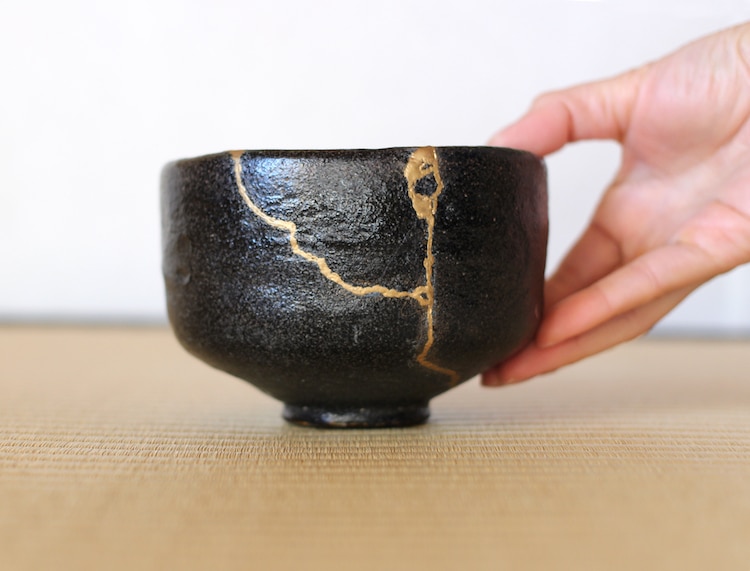
Photo:Stock Photosfrom Lia_t/Shutterstock
By the 17th century, kintsugi had become common practice in Japan.
In addition to serving as an aesthetic principle, kintsugi has long represented prevalent philosophical ideas.
Crack
Objects mended using thecrackapproach are touched up with minimal lacquer.
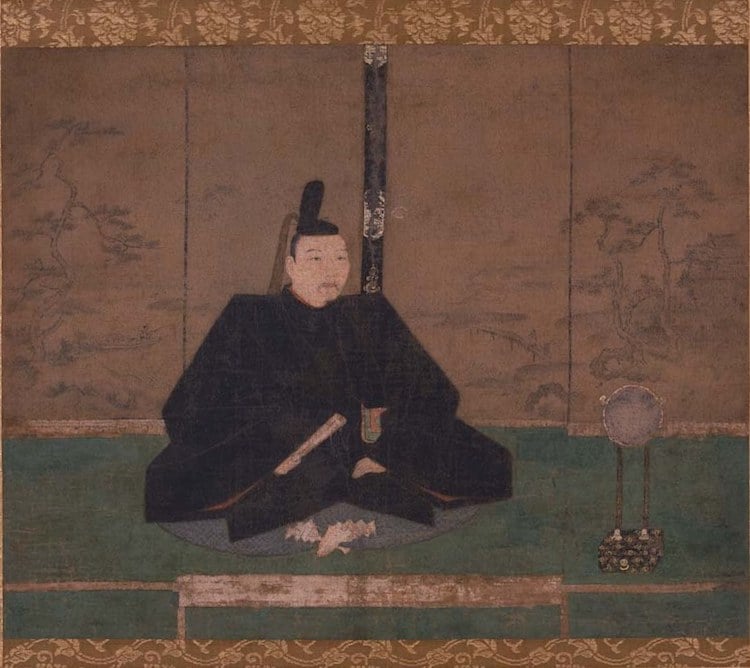
Portrait said to be of Ashikaga Yoshimasa, 15th century (Photo:Wikimedia Commons, Public domain)
Using the kintsugi technique, she crafts shimmering creations that range from patchworkchopstick reststo mismatched earrings.
Much like the kintsugi artists that have come before her, Kamoshita has a philosophical approach to her art.
Using 24-karat gold, the Korean creative transforms ordinary pottery intoTranslated Vasesthat double as extraordinary allegories.
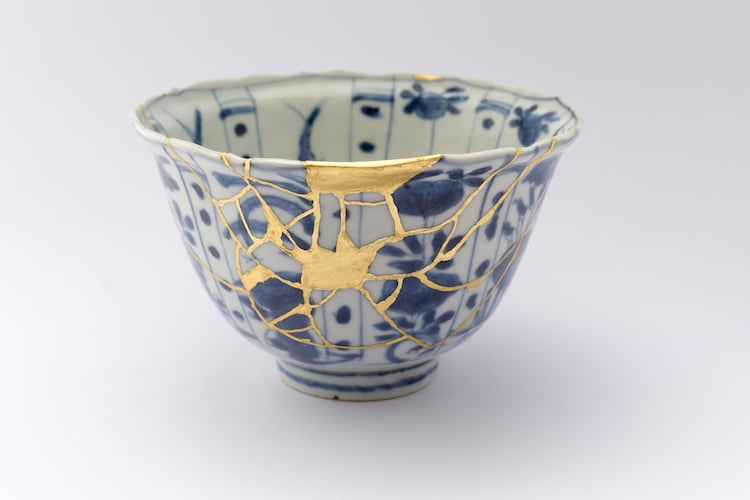
Photo: adobe48015/Depositphotos
Using acrylic resin, Freitas fixesbroken wooden furniture.
He transforms shattered ceramics intodeconstructed sculptures.
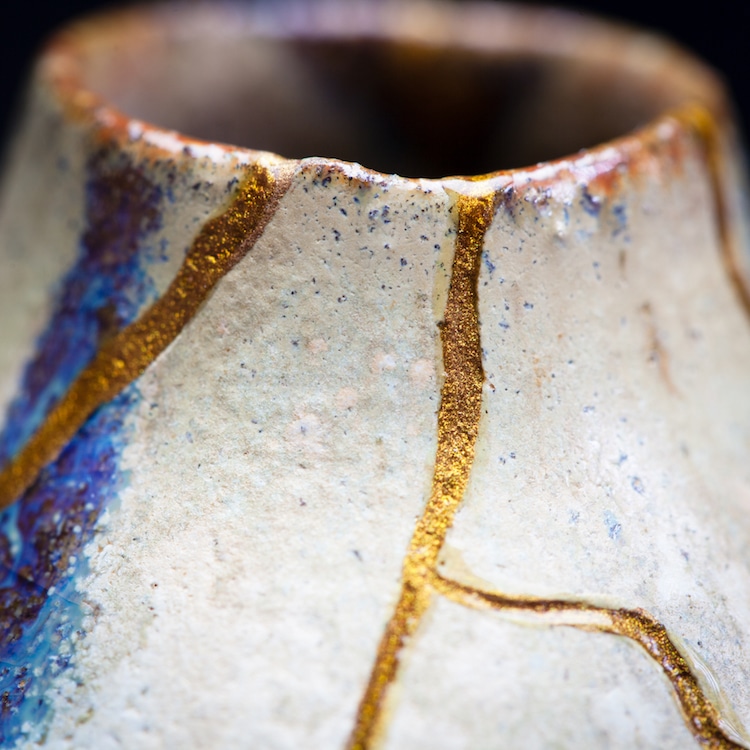
Photo:Stock Photosfrom photoBeard/Shutterstock
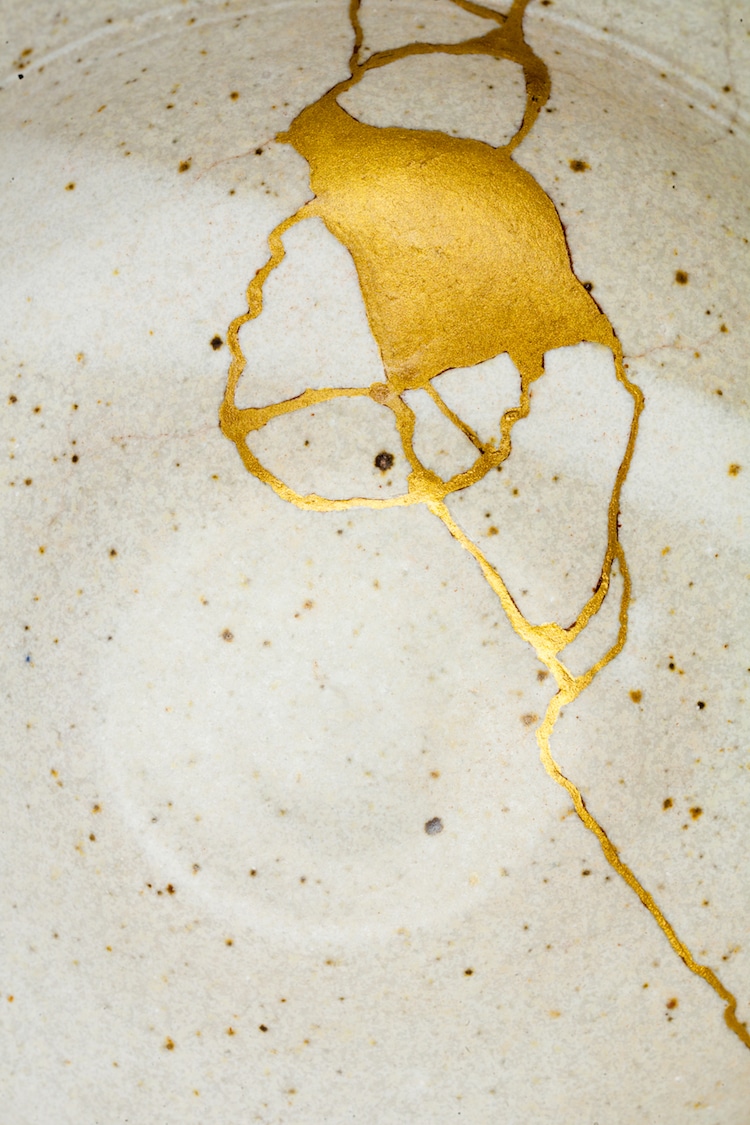
Photo:Stock Photosfrom photoBeard/Shutterstock
